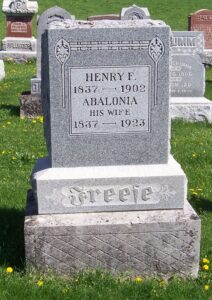
Henry F & Abalonia (Gunther) Hoppe Freese, Zion Lutheran Cemetery, Van Wert County, Ohio. (2012 photo by Karen)
This is the tombstone of Henry F. and Abalonia Freese, located in row 8 of Zion Lutheran Cemetery, Schumm, Van Wert County, Ohio. The marker is inscribed:
Henry F
1837-1902
Abalonia
His Wife
1837-1923
FREESE
Abalonia “Abby” (Gunther) was born 7 March 1836 in Bavaria, according to Zion Schumm’s records, and immigrated December 1854. [1]
Abby Guenther married John F. Hoppe 10 June 1859 in Fulton County, Indiana. [2] John Hoppe (1835-1864) was also a German immigrant.
Their first child, Henrietta Wilhelmina “Minnie” Hoppe, was born in Rochester, Fulton County, Indiana, on 26 April 1860. Minnie Hoppe would eventually marry Henry M. Schumm.
The John Hoppe family in 1860, living in Rochester, Indiana: John F Hoppe, 25; Abby Hoppe, 22; Minnie Hoppe, 3 months; Frederick Runker, 33; Frederick Froman, 23. John Hoppe was a grocer and Runker and Froman were clerks. [3] John and Abby had 2 other children, born in 1862 and 1863, but both died the same year they were born. [4]
John Hoppe died in Rochester, Indiana, 11 August 1864 and is buried in Rochester IOOF Cemetery with his two infant children. [5]
Widow Abby (Gunther) Hoppe married Henry F. Freese in Cass County, Indiana, 15 July 1869. [6]
Henry F. Freese was born 22 January 1837 in Krummendeich, Hannover, Germany, according to Zion Schumm’s records.
In 1870 Henry (34) and Abby (32) Freese, and Henry’s step-daughter Minnie Hoppe (10), lived in Logansport, Cass County, Indiana. Henry worked as a car inspector. [7] Since this was 1870, I assume car meant a railroad car.
The Henry Freese family in 1880, living in Rochester, Indiana: Henry, 44; Abby, 43; and Minnie, 20, stepdaughter. Henry’s occupation was farmer. [8]
Daughter Minnie (Hoppe) married Henry M. Schumm in Fulton County, Indiana, on 5 May 1887 and they moved to near Schumm by 1900. Henry and Abby Freese lived with Henry M. and Minnie Schumm and their family in 1900. The Henry M. Schumm family in 1900: Henry M Schumm, 39; Wilhelmina H Schumm, 40; Agnes Schumm, 12; Alma, 10 Emanuel, 9; Emil, 6; Edna, 4; Clara, 3; Alfred, 2 months; Henry Freese, 63, father-in-law; and Abalonia, 61, mother-in-law. [9]
Henry F. Freese died of exhaustion on 26 February 1902, at the age of 65 years, 1 month, and 4 days. He was buried on the 28th.
In 1910 and 1920 widow Abby Freese lived very near, if not next door to her daughter Minnie Schumm. [10] [11]
Abalonia “Abby” (Gunther) Hoppe Freese died in Schumm on 5 March 1923, at the age of 86 years, 11 months, and 28 days. She was buried on the 8th.
[1] 1854, Arriving Passenger and Crew Lists (including Castle Garden & Ellis Island), New York, New York, 1820-1957, List no. 1729, ship Suwa, Ablouia Gunther, 27 Dec 1854; digital image, Ancestry.com, viewed 9 Jan 2022.
[2] U.S., Select Marriages Index, 1748-1993, Fulton County, Indiana, Vol A, p.621, John F. Hoppe & Abby Genther, 10 Jun 1859; Ancestry.com.
[3] 1860 U.S. Census, Rochester, Fulton, Indiana, p.669, dwelling 1074, family 1076, John F Hoppee; digital image, Ancestry.com, viewed 9 Jan 2022.
[4] Find a Grave.com, Hoppe memorial no. 42623407 & no. 42623454, Rochester IOOF Cemetery, Rochester, Fulton County, Indiana.
[5] Find a Grave.com, John F. Hoppe memorial no. 42623244, Rochester IOOF Cemetery, Rochester, Fulton County, Indiana.
[6] U.S., Select Marriages Index, 1748-1993, Cass County, Indiana, p.586, Henry Freese & Appolonia Happe, 15 Jul 1869; Ancestry.com.
[7] 1870 U.S. Census, Logansport, Cass, Indiana, p.190B, dwelling 628, family 618, Henry Freese; digital image, Ancestry.com, viewed 9 Jan 2022.
[8] 1880 U.S. Census, Rochester, Fulton, Indiana, ED 41, p.63D, dwelling, family, Henry Freese; digital image, Ancestry.com, viewed 18 Dec. 2021.
[9] 1900 U. S. Census, Willshire, Van Wert, Ohio, ED 97, dwelling 183, family 196, p.9, Henry M Schumm; digital image, Ancestry.com, viewed 6 Dec 2021.
[10] 1910 U.S. Census, Willshire, Van Wert, Ohio, ED 114, p.2B, dwelling & family 38, Abbie Fruge; digital image, Ancestry.com, viewed 9 Jan 2022.
[11] 1920 U.S. Census, Willshire, Van Wert, Ohio, ED 146, p.3A, dwelling & family 49, Abalonia Freese Schumm; digital image, Ancestry.com, viewed 6 Dec 2021.
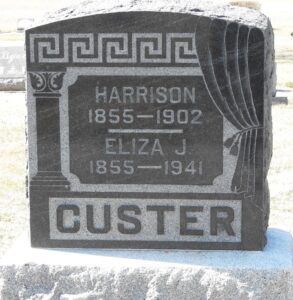

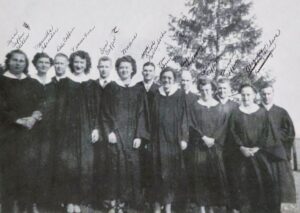
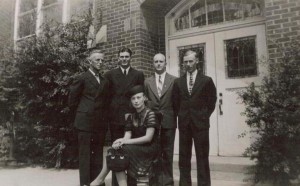


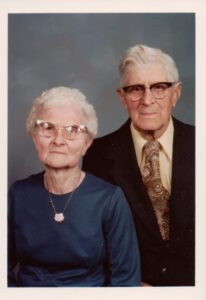
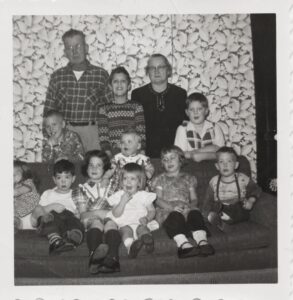
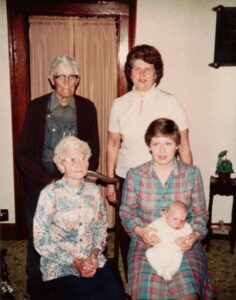
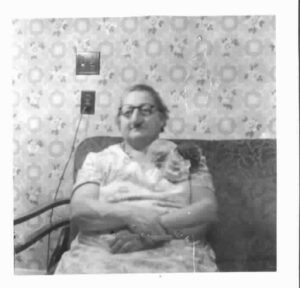
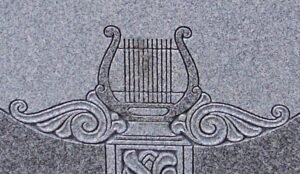
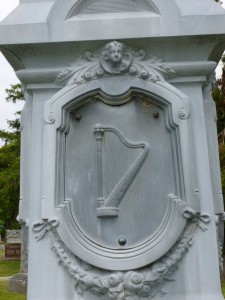

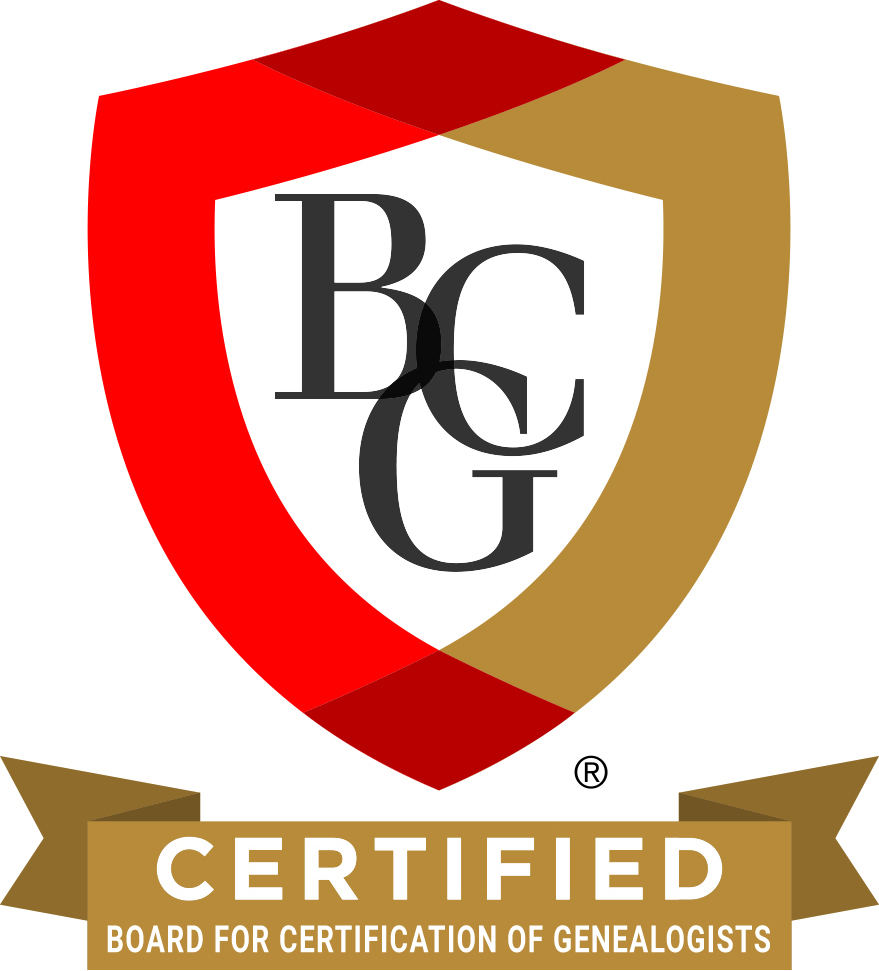
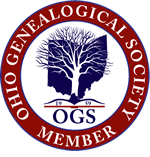

You are welcome!
You're welcome, Karen. I'm still working on this also. Thank you so much for all of your wonderful Mercer County…
Very interesting and great picture (I had neersee before) of the church! Thanks for sharing this, Karen.
Ha! I see why you say that. Your original surname was probably something similar to Schmitt.
Thank you for letting me know.